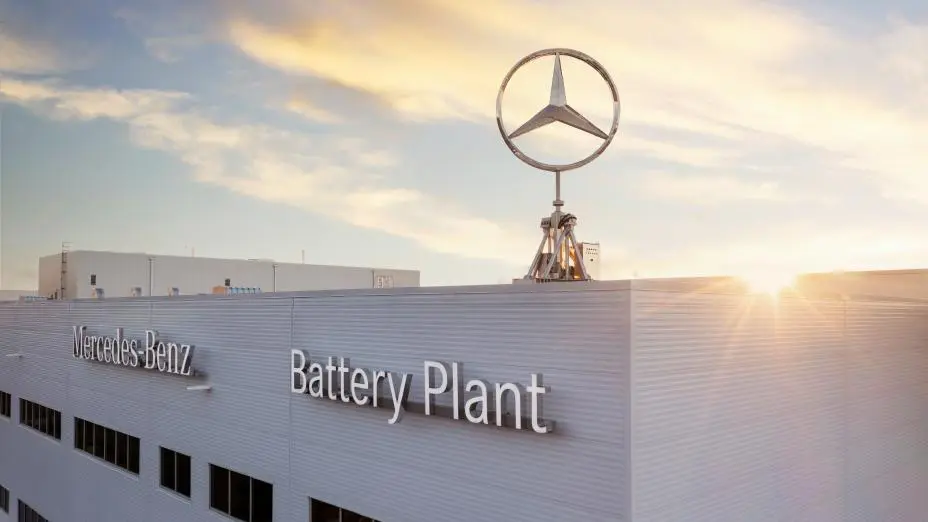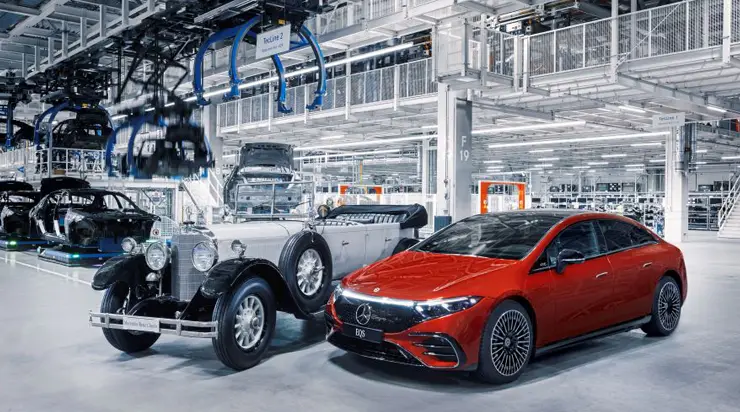History and Innovations of Mercedes-Benz
Since its inception, Mercedes-Benz has stood as a symbol of innovation, luxury, and engineering excellence. The story of Mercedes-Benz is not just about cars; it’s a tale of visionaries, groundbreaking technology, and a commitment to pushing the boundaries of automotive design.
From its humble beginnings to becoming one of the most iconic automotive brands in the world, let’s embark on a journey through the history of Mercedes-Benz.
The Birth of a Legend
The story of Mercedes-Benz begins in the late 19th century with two pioneers of the automotive industry: Karl Benz and Gottlieb Daimler. In 1886, Karl Benz patented the world’s first gasoline-powered automobile, the Benz Patent-Motorwagen. Meanwhile, Gottlieb Daimler was working on his own revolutionary designs, including the creation of the first high-speed petrol engine.
In 1926, the two automotive giants, Benz & Cie. and Daimler-Motoren-Gesellschaft (DMG), merged to form the brand we know today as Mercedes-Benz. The name “Mercedes” was derived from the name of a popular car model produced by DMG, while “Benz” honored Karl Benz’s pioneering contributions to the automotive industry.
Innovation and Excellence
From the outset, Mercedes-Benz set itself apart by prioritizing innovation and engineering excellence. The brand’s commitment to quality and craftsmanship quickly earned it a reputation for producing some of the finest automobiles in the world. In the early 20th century, Mercedes-Benz established itself as a dominant force in motorsport, winning prestigious races such as the French Grand Prix and the Targa Florio.
Throughout the decades, Mercedes-Benz continued to push the boundaries of automotive technology. In the 1930s, the brand introduced the iconic Silver Arrows racing cars, which were renowned for their aerodynamic design and unparalleled performance on the track. In 1954 and 1955, Mercedes-Benz made history by winning back-to-back Formula One World Championships with legendary drivers such as Juan Manuel Fangio.

The Pursuit of Luxury
While Mercedes-Benz enjoyed success in motorsport, it also made significant strides in the luxury automobile market. The brand’s commitment to innovation and luxury culminated in the introduction of the Mercedes-Benz S-Class in the 1950s. The S-Class quickly became synonymous with elegance, comfort, and cutting-edge technology, setting the standard for luxury automobiles around the world.
In the 1970s and 1980s, Mercedes-Benz expanded its lineup to include a diverse range of models, including the iconic SL roadster, the E-Class sedan, and the G-Class SUV. Each of these vehicles exemplified Mercedes-Benz’s dedication to craftsmanship, safety, and performance.
A Legacy of Safety
One of the hallmarks of Mercedes-Benz is its unwavering commitment to safety. Throughout its history, the brand has been at the forefront of automotive safety technology, pioneering innovations such as anti-lock brakes, crumple zones, and airbags. In the 1980s, Mercedes-Benz introduced the revolutionary “pre-safe” system, which utilized sensors and advanced technology to anticipate and mitigate potential accidents before they occurred.
The Future of Mobility Mercedes-Benz
As we look to the future, Mercedes-Benz continues to lead the way in shaping the future of mobility. The brand has embraced electric and hybrid technology, with a commitment to offering a fully electrified lineup by 2030. Additionally, Mercedes-Benz is exploring new frontiers in autonomous driving technology, connectivity, and sustainable mobility solutions.
In conclusion, the story of Mercedes-Benz is one of innovation, excellence, and a relentless pursuit of perfection. From its humble beginnings to its status as a global automotive powerhouse, Mercedes-Benz has left an indelible mark on the automotive industry and continues to inspire generations of drivers around the world.
As we look ahead to the future, one thing is certain: the legacy of Mercedes-Benz will continue to shine brightly for years to come.



